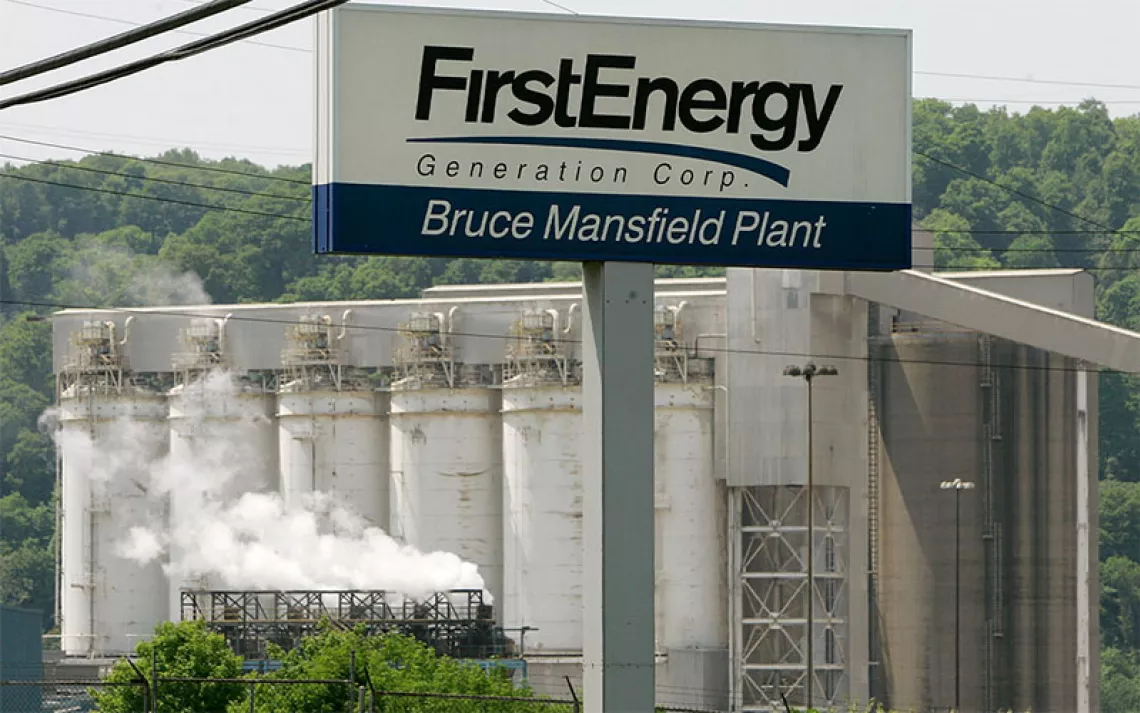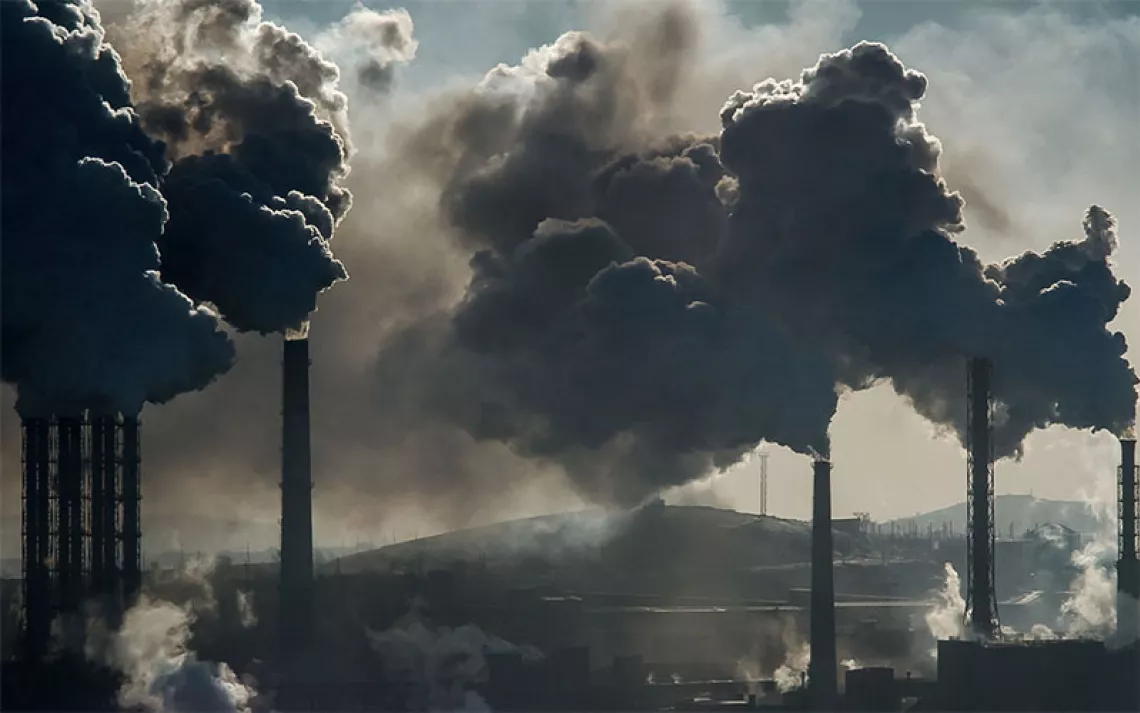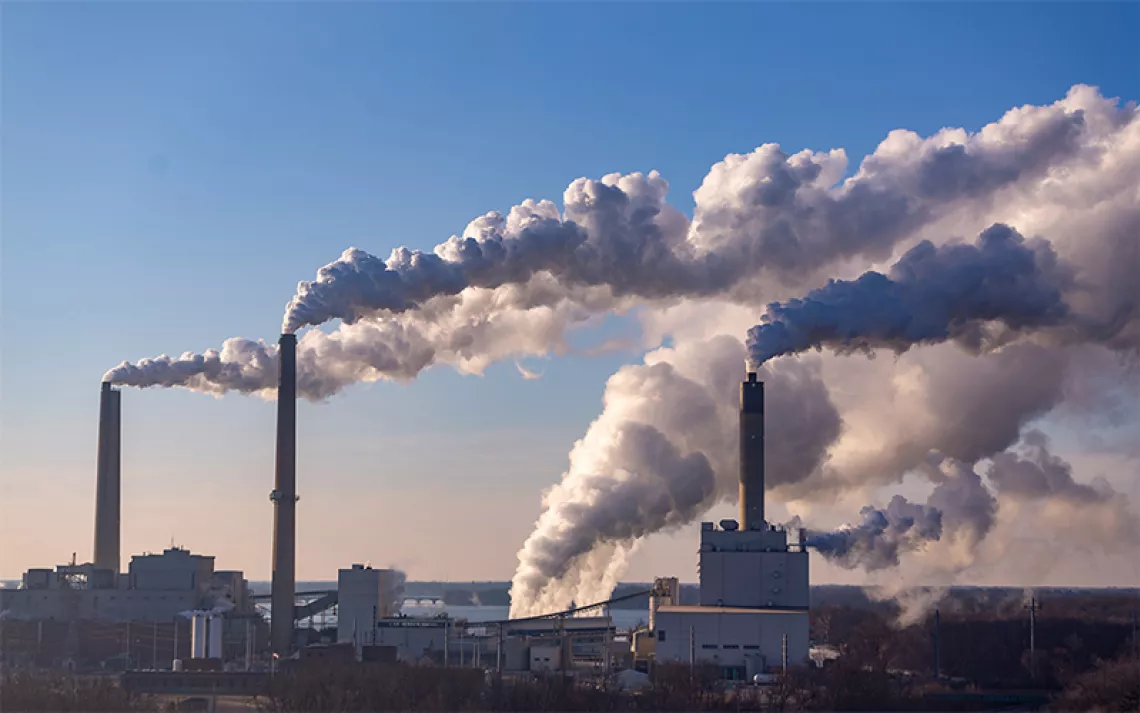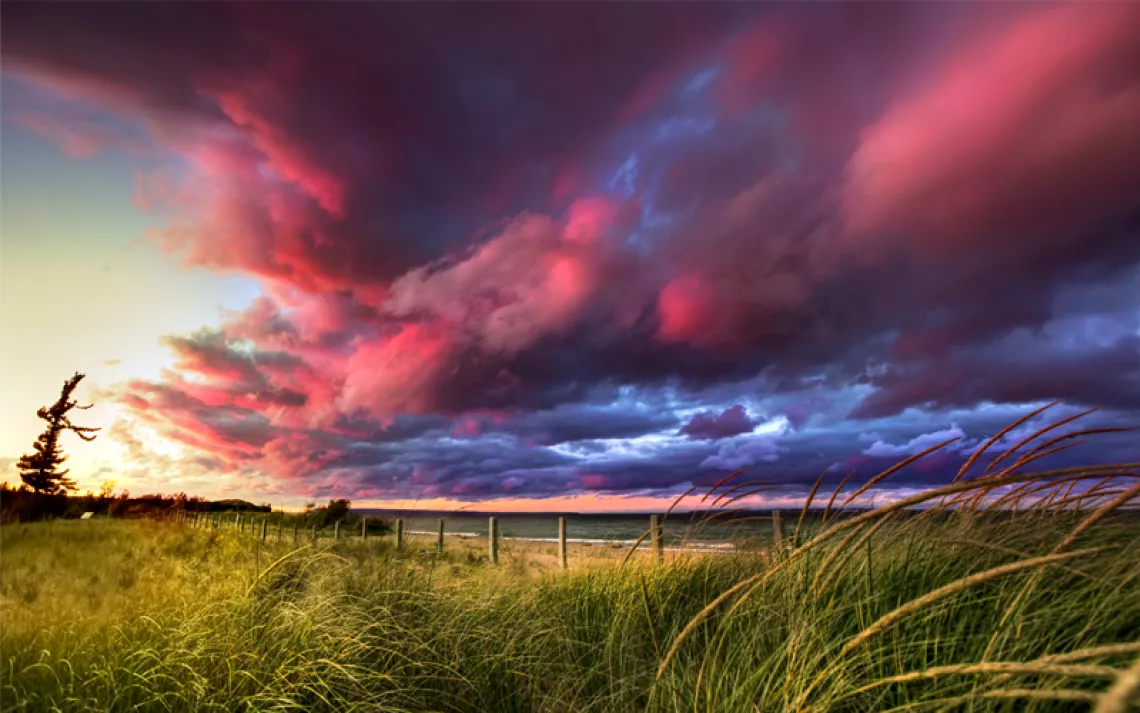The Nightmarish Normalcy of Canada's Tar Sands Mines
In Alberta, ponds that kill birds and 24/7 cannon fire are just part of the routine.
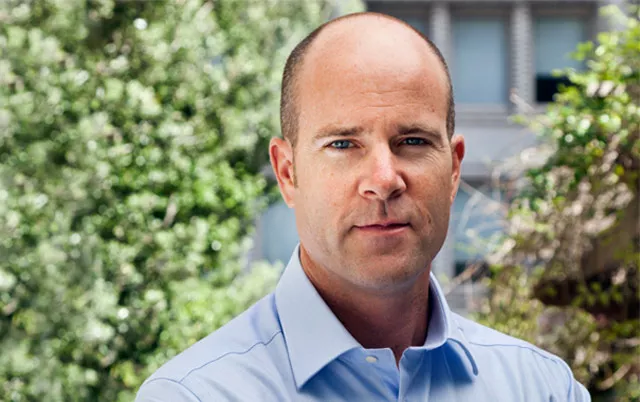
Photo by Henrik Kam
BOOM! The ear-splitting propane cannon is supposed to keep birds from landing on an iridescent pond of water, sand, clay, leftover oil, and toxic contaminants from tar sands mining. BOOM! Every 10 seconds, around the clock, every day of the year. The tar sands operation that I've been invited to visit in Alberta, Canada, also runs 24/7. Usually the cannons succeed in scaring away the birds. But sometimes--BOOM!--they don't. Each year, about 200,000 birds alight on these ponds. Some never take off again.
Regardless of its effect on migrating birds, this particular cannon is definitely unnerving me and my fellow visitors, who flinch at each blast while gazing out on the tailings pond. The placid death trap, with its apocalyptic backdrop, would be surreal enough, even without the cannon fire. Everything about Alberta's vast tar sands mines tests your faith in common sense, so when an oil company flack starts to opine on the pond's otherworldly "beauty," I feel for a moment as if I've landed in someone else's delusion. But no--it's all too real.
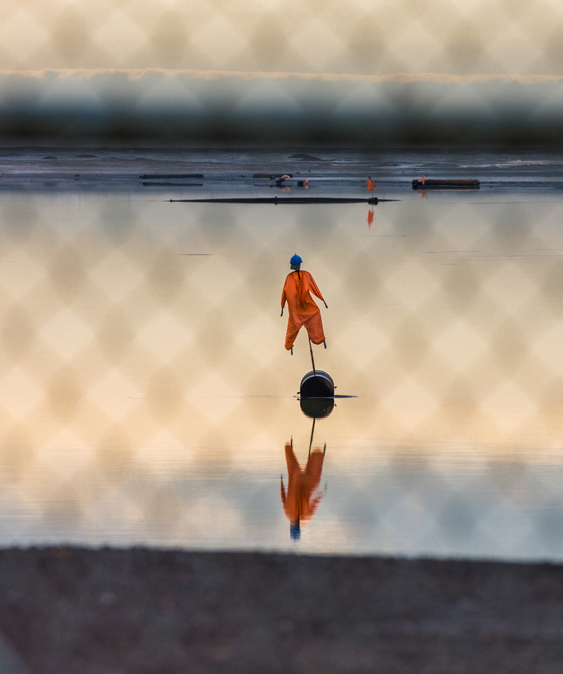
A scarecrow sits atop a tailings pond in Alberta. | Photo by Niko Tavernise
Most Americans who've heard about Canada's tar sands associate them with the proposed Keystone XL pipeline, which, for many of us, has become a galvanizing symbol of the oil industry's reckless disregard for pollution that causes climate change. It's important to remember that Keystone XL would not only endanger the communities it passed through but also encourage the extraction of more tar sands oil--exactly the opposite of what we should be doing.
The immense, complex tar sands operation arguably dwarfs all of the other risky, destructive methods already being used to extract increasingly hard-to-get oil: the fracking boom in North Dakota, Shell Oil's quixotic drilling quest in the Arctic Ocean, and deepwater drilling in the Gulf of Mexico, which in 2010 caused one of the worst environmental disasters in U.S. history.
Aside from oil industry profits, there's no rational reason to pursue this dirty fuel, because we simply don't need it. We already have the technology and resources to replace it with clean, affordable energy.
I think about mentioning wind and solar alternatives to the company flack, but decide that my point would almost surely be lost on anyone who finds beauty in a pond that kills birds. Instead, my attention turns to a scarecrow positioned just offshore. It's decidedly low-tech--an orange rain suit stuck atop an oil barrel--and it looks more pathetic than effective. I marvel again at the people who are proudly showing us around. Somehow, they wake up each morning and convince themselves that this nightmarish scene makes sense--that this is the way the world's supposed to work. The birds, at least, are fooled through no fault of their own.
Perhaps I'm being too hard on the oil company officials, because everyone has the ability to rationalize self-destructive behavior. For decades, smart people worldwide have willingly disregarded warnings about what we're doing to our climate and the catastrophic consequences that are likely to ensue.
That's about to change. We can and we will steer ourselves away from self-destruction by setting a course for 100 percent clean energy. We no longer need scarecrows or cannon fire to power the world. If we raise our voices together, as so many people did during last year's People's Climate March in New York City, we will be heard--from Washington to Wall Street and from Alberta to Alabama. BOOM!
 The Magazine of The Sierra Club
The Magazine of The Sierra Club
